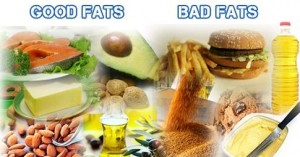Food & Fitness; What to Eat?
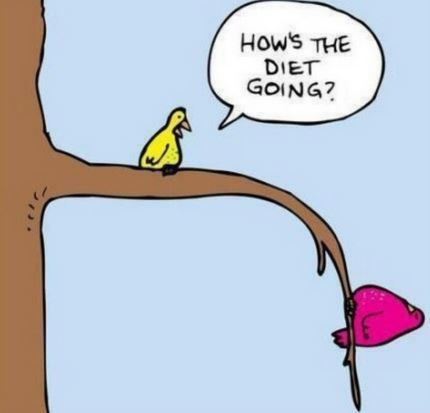
Ever wondered what you should be eating? You’re not alone. There is an overwhelming amount of nutrition information out there and it’s a tough sea to navigate. With the rise of Facebook, Instagram, blogging and other social media platforms, it’s become easy for anyone to give nutrition advice, regardless of whether or not they are qualified to. This has led to a bombardment of confusing and conflicting information.
We worry too much about food. It’s time to calm down when it comes to nutrition and get back to the basics of fresh, wholesome food. The basics of any diet should be our core food groups: vegetables, fruit, grains, meat & alternatives and dairy, plus some healthy fats.We should consider dropping the fad diets and serching for the ‘quick fix’ and try a simple balanced diet that encompasses a range of wholesome foods that complements your fitness regime; really its all about energy in verses energy out. Our ‘A Healthier You’ program hones in on this principle and helps remind us of how simple weight loss really is.
Here is an easy break down of what is what when it comes to food…
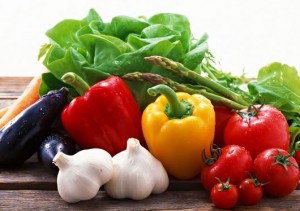 Vegetables gives us a host of vitamins, minerals and antioxidants. Non-starchy vegies are low in energy, which is great for those who are watching their weight. They’re a great source of fibre, which promotes bowel health. High vegetable consumption has also been linked to the prevention of various chronic diseases and some cancers.
Vegetables gives us a host of vitamins, minerals and antioxidants. Non-starchy vegies are low in energy, which is great for those who are watching their weight. They’re a great source of fibre, which promotes bowel health. High vegetable consumption has also been linked to the prevention of various chronic diseases and some cancers.
It’s recommended that we eat 5 serves of vegetables a day. A serve is ½ cup cooked vegetables or 1 cup salad. Eat from the rainbow to ensure you’re getting a range of nutrients.
Results of the recent National Nutrition Survey have found that less than 7% of Aussies are meeting their vegetable intake. With a little planning, it’s easy to get your vegies in…. 1 serve at breakfast – think tomato and avocado on toast, or 1 serve for a snack – vegie sticks with dip, followed by 2 serves at both lunch and dinner.
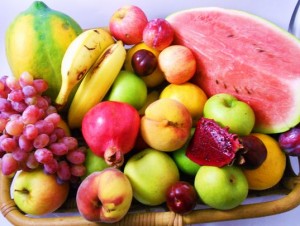 Fruit
Fruit
Fruit is high in fibre, vitamins, minerals and antioxidants. Many fruits are also low in energy. It’s better to eat your fruit whole rather than juice it to maximise fibre intake and make you feel fuller for longer.
You should aim to eat 2 serves of fruit per day. A serve of fruit is 1 medium sized fruit like an apple or orange, 2 small sized fruit like kiwifruit or apricots, or occasionally 125mL juice or 30g dried fruit. Choose different coloured fruits to increase the variety of nutrients consumed.
Fruit is a super versatile food that can be put on cereal or porridge, eaten on it’s own or roasted/poached and served with yoghurt for a lighter dessert.
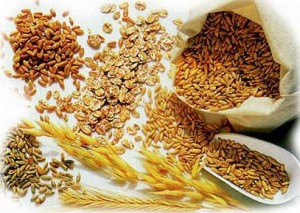 Grains
Grains
Grains are an important source of carbohydrates, protein, and a range of vitamins and minerals. Wholegrains are an excellent source of fibre and can reduce the risk of developed some chronic diseases.
Depending on your needs you should be eating 4-6 serves of grains a day. A serve of grains is 1 slice of bread, ½ cup cooked pasta, rice, quinoa or noodles, 2/3 cup cereal flakes or ¼ cup muesli. Aim for 2/3 of your grains to come from wholegrain varieties to get the nutritional benefits – think rolled oats, wholegrain bread or crackers and brown rice.
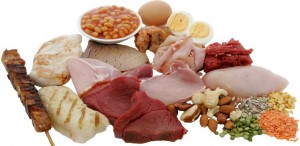 Meat, Seafood and Alternatives
Meat, Seafood and Alternatives
Meat and alternatives includes lean meat, poultry, seafood, eggs, nuts and seeds, and legumes. These foods are rich in protein and provides us with important vitamins, minerals and essential fatty acids.
You should eat 2 ½ – 3 serves of meat/alternatives each day depending on your requirements. A serve is 65g cooked lean meat, 80g cooked lean poultry, 100g cooked fish, 2 large eggs, 30g nuts or seeds, 1 cup cooked legumes or 170g tofu. Choose lean cuts when possible to reduce your intake of saturated fats. Most Australians get adequate protein from their diet and don’t need to use protein shakes/powder.
 Dairy
Dairy
Dairy is a fantastic source of calcium, which is important for strong bones, protein, vitamins and minerals.
It’s recommended to have 2 ½ serves of dairy a day, but this increases up to 4 serves as we age due to increased calcium requirements. A serve of dairy is 250mL milk, 40g cheese or 200g yoghurt. For those on a dairy or lactose free diet soy, rice or almond milk can be used, just ensure they are fortified with at least 100mg calcium per 100mL. Choose mostly reduced fat options to reduce your intake of saturated fat.
Breakfast is a great time to include dairy – think milk or yoghurt on cereal, cheese on a sandwich for lunch, or it also makes a great snack – smoothie, yoghurt or homemade custard.
Fats are an essential part of our diet and are important for good health. Unsaturated fats are the fats that we should include in our diets as they reduce the risk of heart disease. There are two types of unsaturated fats: polyunsaturated and mono-unsaturated. Polyunsaturated fats are found in oily ifsh, safflower oil and some nuts. Mono-unsaturated fats are found in olive and canola oil, some nuts and avocados. Include a small amount of these healthy fats in your diet each day.
Saturated fats are found in fatty cuts of meat, palm oil, coconut, many packaged foods (cakes, biscuits, chips, pastries) and full fat dairy. It’s best to reduce your intake of saturated fat to prevent heart disease.
Extra foods like ice cream, cake, chocolate, pastries, hot chips, soft drink and alcohol should be kept to a minimum, especially if you are trying to lose weight as they are high in energy and low in nutrients.
Focus on the things you should eat, rather than the foods you shouldn’t and you’ll find yourself with a wide variety of tasty and nutritious foods that will leave you feeling satisfied and well nourished.
This blog was written in conjunction with Sian Visser an the accredited dietitian at Healthy Bites Nutrition. She offers consultations, pantry overhauls, shopping tours and hosts regular cooking classes.See www.healthybitesnutrition.com.au for more information.

